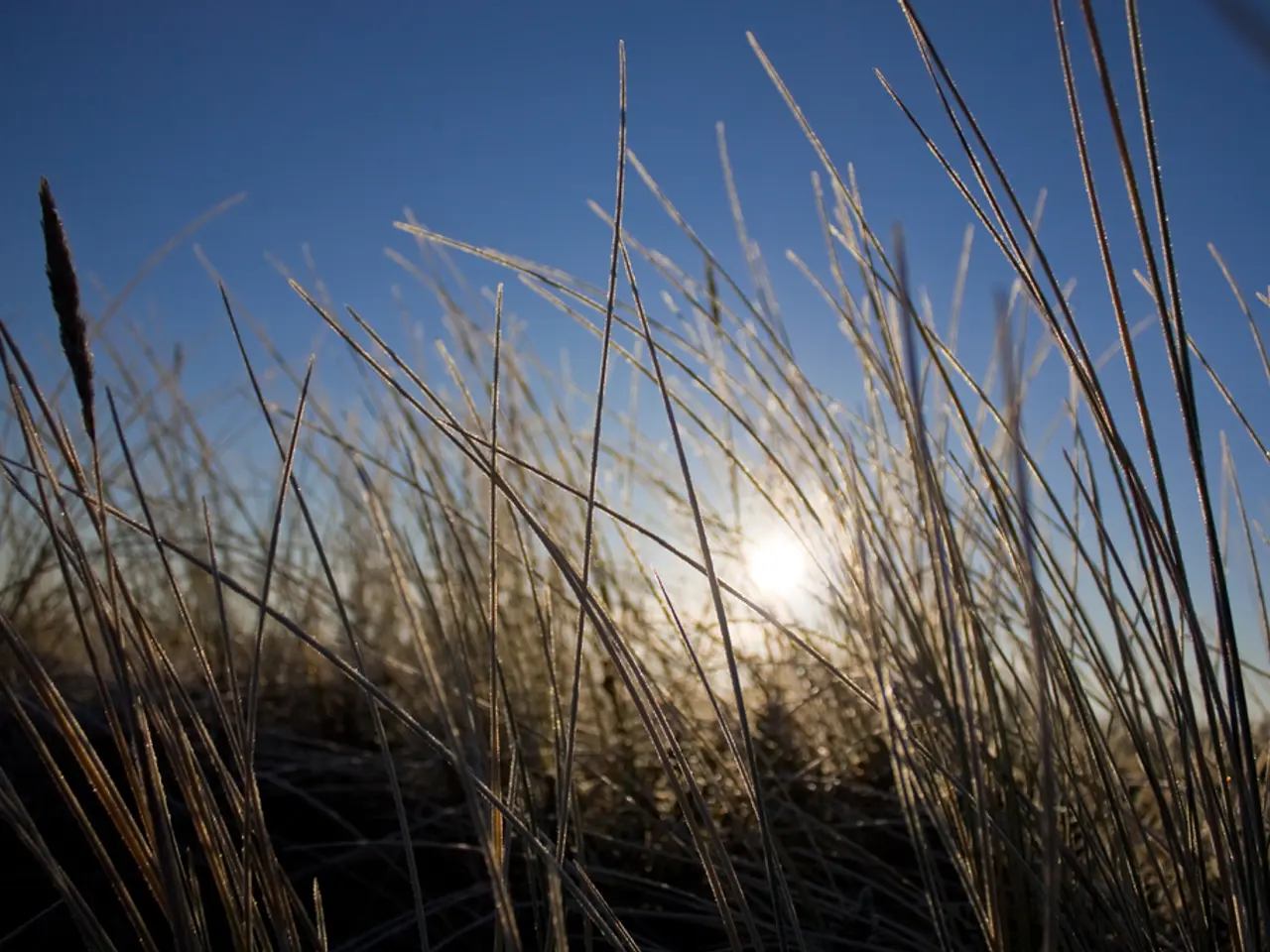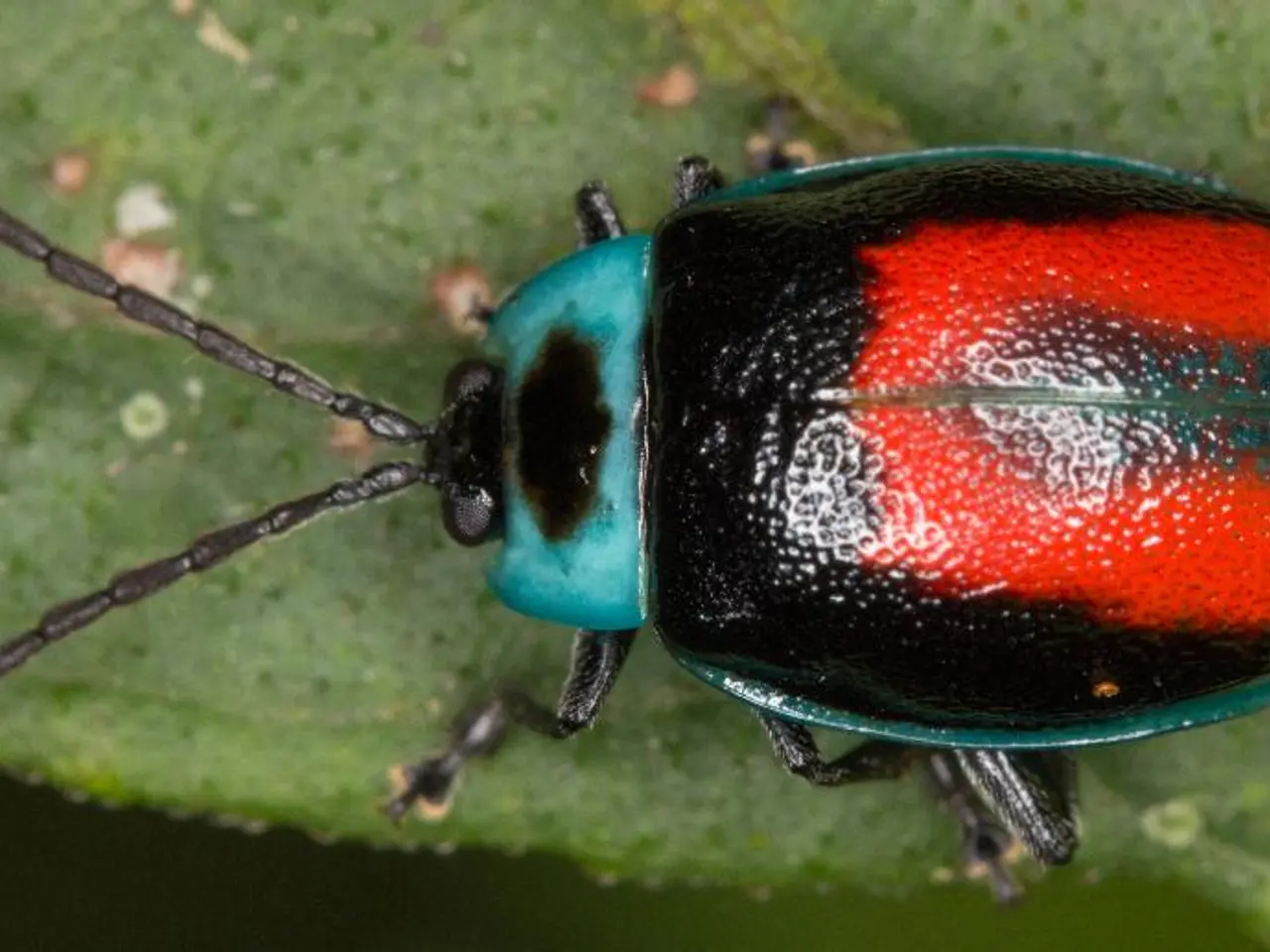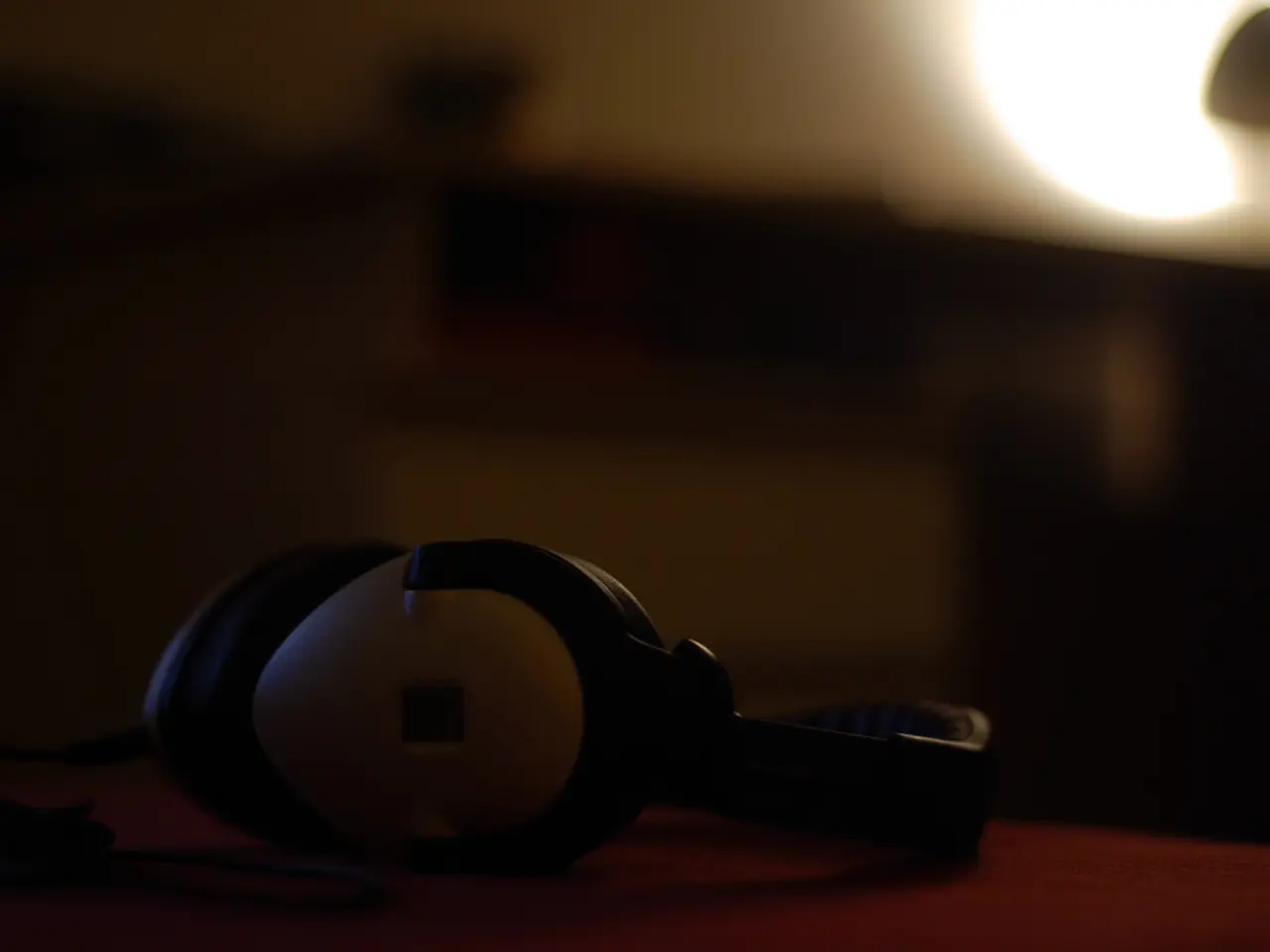Transforming Indoor Spaces: Autumn-friendly Houseplants and Herbs
Indoor gardening is not just about houseplants; it's also an excellent way to enjoy fresh herbs, vegetables, and even garden plants during the colder months. To ensure a smooth transition for your outdoor plants, follow these steps to help them adapt to indoor life while minimising stress, pest issues, and care mistakes.
Choosing the Right Plants --------------------------
Select plants that are well-suited for container growing and can tolerate indoor conditions. Perennials and herbs that can adapt to lower light and humidity indoors are ideal choices. Examples include sages, rosemary, begonias, and certain perennials like desert mallow and showy penstemon.
Inspecting and Treating for Pests ----------------------------------
Before bringing plants inside, inspect them thoroughly for insects and pests. Treat any infestations with appropriate methods such as insecticidal soap or neem oil. Maintain cleanliness by wiping leaves monthly and regularly checking plants for new pests, especially since indoor heating can promote dry air that attracts pests.
Pruning -------
Prune back leggy or dead growth to reduce plant stress indoors and help conserve energy during the slow growth period. Remove spent flowers and trim for shape to encourage healthier indoor growth.
Repotting ---------
If needed, repot plants into containers with proper drainage and use well-draining soil mixes suitable for the species. Repotting every few years keeps root systems healthy.
Adjusting to Indoor Lighting -----------------------------
Gradually acclimate plants to indoor lighting by placing them near bright windows or using grow lights if natural light is insufficient. Understand that most indoor environments provide less light than outdoor sun, so select plants that tolerate low to medium light. Avoid sudden light changes; transition gradually over 1-2 weeks.
Maintaining Humidity --------------------
Indoor air, especially with heating, tends to be dry. Increase humidity with methods such as humidifiers, pebble trays with water, or grouping plants together. Moisture-loving plants like begonias benefit from consistent humidity.
Watering --------
Reduce watering frequency in fall and winter as plant growth slows and soil dries more slowly. For many plants, extend watering intervals to every 10-14 days while ensuring soil does not remain soggy or dry out completely. Always check soil moisture before watering.
Temperature Considerations ---------------------------
Keep indoor temperatures consistent, avoiding cold drafts or hot, dry air from heaters. Most houseplants prefer temperatures between 65-75°F (18-24°C). Avoid placing plants near heating vents or cold windows.
Fertilization -------------
Stop or significantly reduce fertilization during dormancy in fall and winter to avoid fertilizer burn. Resume feeding in spring and early summer with diluted balanced liquid fertiliser (e.g., 10-10-10), about once a month.
Acclimation -----------
Gradually introduce plants indoors rather than sudden relocation. Monitor plants closely for signs of stress such as leaf yellowing or dropping, and adjust care accordingly. Accept slower growth and a rest period during winter, understanding this is natural for most plants.
By following these steps, your outdoor garden plants can successfully adapt to indoor life during colder months while minimising stress, pest issues, and care mistakes. Enjoy the benefits of year-round gardening and bring some of your favourite plants indoors to brighten up your home.
In the process of acclimating outdoor plants to indoor life, select plants that can tolerate container growing and indoor conditions, such as sages, rosemary, begonias, and certain perennials like desert mallow and showy penstemon (lifestyle, home-and-garden, gardening).
To help maintain plant health indoors, use a well-draining soil mix suitable for the species and repot every few years if needed (home-and-garden, gardening).




